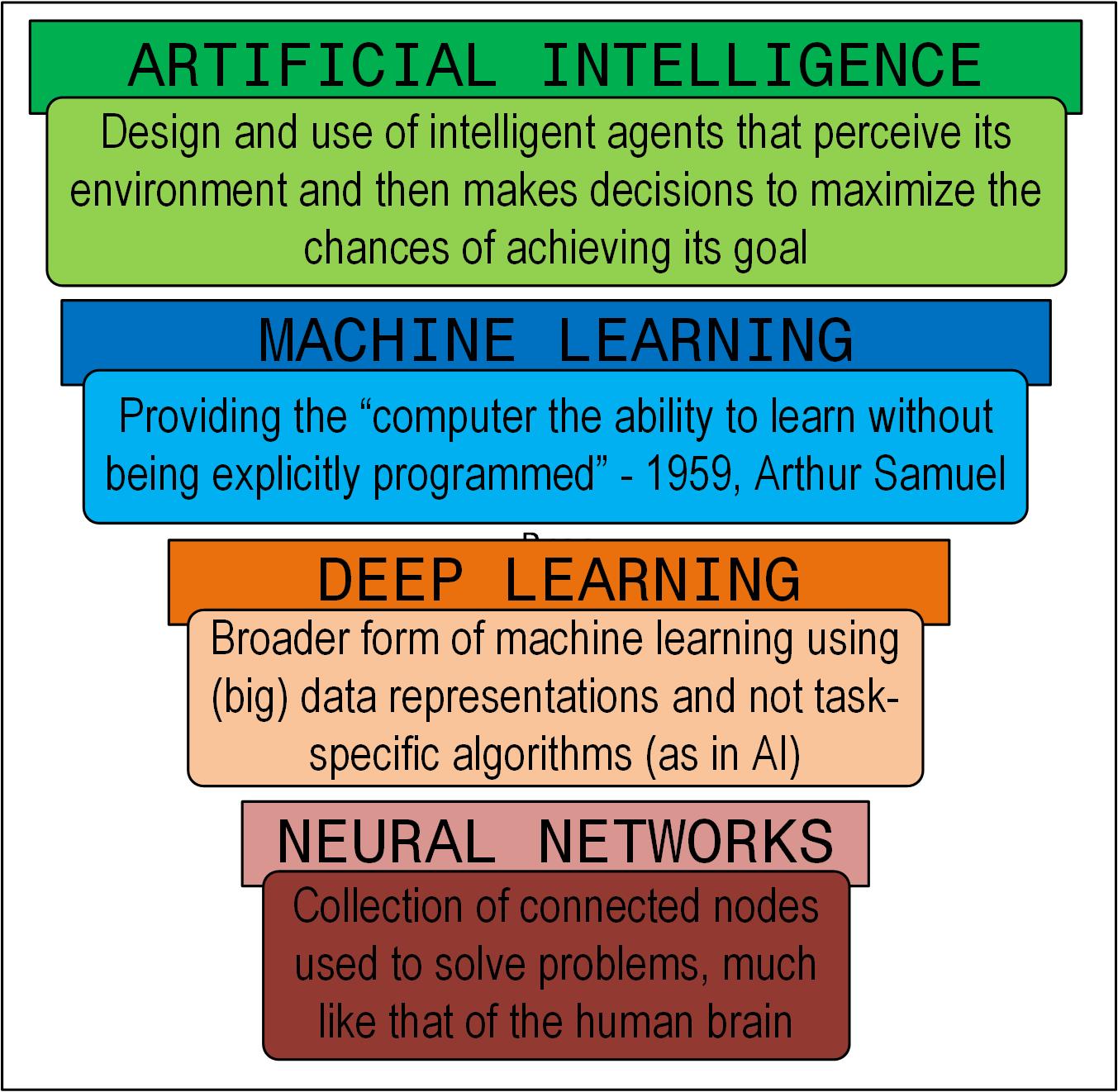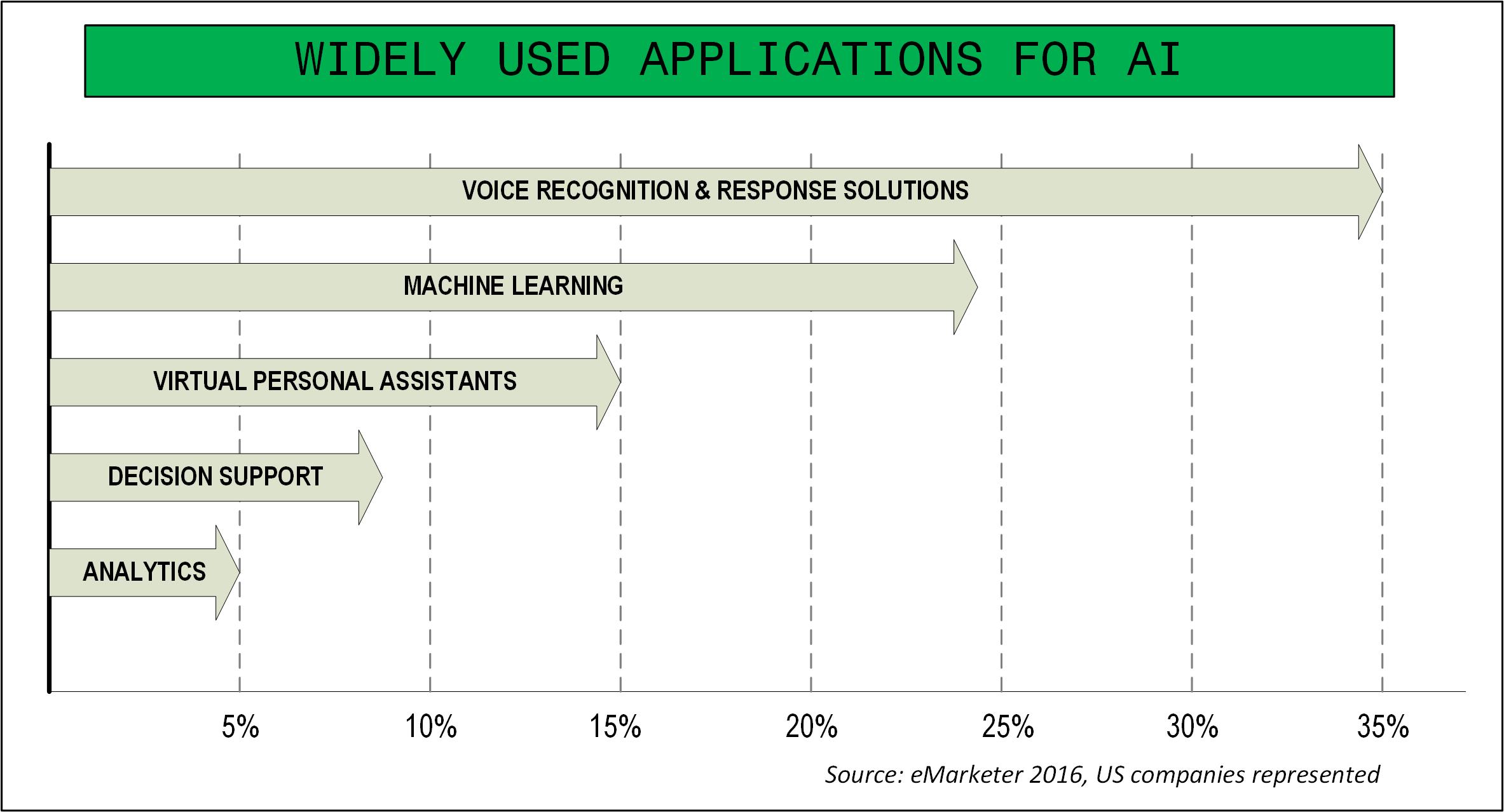AI and the Digital Transformation
At the root of the recent attention given to artificial intelligence is what is known, at a global level, as the “digital transformation.” Although predominantly utilized in the context of business, digital transformation (DX) has broad reaching impacts to many areas not the least of which are the television media and entertainment industries. DX is reaching the public and business sectors, numerous organizational activities, business process management (BPM), social media, and institutions ranging from government through education.
This industry-wide digital transformation is fueled, in part, by the increased focus and capabilities of artificial intelligence (AI) and by the applications of machine learning (ML). DX, AI and ML are augmented services either in the cloud or occasionally on premises. AI touches applications available from resources including the Apple iPhone, Google AI, IBM Watson, and a growing set of others.
INTELLIGENT SERVICES
Multiple new services applicable to broadcast, news and sports are using AI as part of their content creation, recognition, assembly, and distribution engines. In the video industry, according to companies such as TVU Networks and Veritone, we are now experiencing a sea change in the way video content is searched, produced, distributed, and consumed. Cognitive computing is transforming the way we use and generate video. Video customization, a frequent output of AI, is enabling individuals to see continued augmentation in how video is consumed and where or how it is being distributed.
Functionally, workflows utilizing AI begin at the point files are ingested using smart content management features that extract metadata using prediction engines. The AI-based engines determine flow, subject matter, relevance, plus other attributes which then generate relevant search components with high accuracy. AI is at the top of the compute-centric food chain (Fig. 1).

Other applicable AI-based services include advertising verification and sponsorship efficiency to track and verify brand name mentions, logos and characterization. For news purposes, AI techniques will categorize stories, interviews, breaking news and features – at both the local and the national level. For sports, player recognition and accumulated play or scoring data is used to self-generate melds of the game or statistics with better relevance than humans can – and do it in real time.
BEYOND SIMPLE RECOGNITION
AI is not just about facial recognition or venue classification or text/speech interpretation. AI utilizes machine learning, but it is not data mining. For media applications, AI is a key supporting agent in search-engines which engage sophisticated machine language-based algorithms to, for example, catalog images and sound for applications of metadata extraction or collection. Reducing the amount of manual human interaction needed to sort or tag images and sound is both supplementing and adding new value to archives and catalog platforms – and AI now allows those applications to go much further.
Indexing – previously a manual post ingest task - can now begin the instant that the video ingest and production processes start. Based on derived metadata, indexing allows real-time search to be built immediately using AI. And that information can be instantly shared (permissions pending) with others including users and other AI-based databases and libraries.
BASED IN THE CLOUD
Many of these new indexing platforms are built entirely on a cloud-based model. Using voice and object recognition, both live and pre-produced video clips can be indexed right down to the exact frame. Where once the sophistication of automated indexing amounted to scene change detection alone, today intelligent resource supplements can use information collected from other analysis to ascertain, e.g., people in the frame, voice or action recognition of non-visible speaking humans, if the objects in the scene are animals, building, automobiles, etc., and where the scene was shot based upon databases and interpretations from other images. All this at a reliability in the 80-85 percentile on a first pass; and even better accuracy on future passes.
AI allows services to build libraries of information that “learn” from previous identifications which in turn improves accuracy and speeds up the indexing and cataloging time with each task. The more the systems see, collect and validate the content, the better and faster the solutions get. Fig. 2 identifies the more common applications of AI for US companies in 2016 and those applications are expanding rapidly.

THE APPEAL FOR BROADCASTERS
AI for broadcasting exploits the efficiency of employing machines that can interpret and understand audience demands by using data management and filtering techniques poised to analyze content for specific themes and then create original content applicable to the individuals, locations and interaction of those people and placed in the images. These applications are particularly useful for taking raw/live content and boiling it down to rough cuts that can be stitched together for rapid release to OTT or mobile devices.
AI concepts literally “open the floodgates for how programs are produced and distributed,” according to Paul Shen, CEO of TVU Networks. Removing heretofore “human-delegated” barriers from the production process, digital and broadcast programming departments can create a single centralized search engine for raw materials such as live or recorded feeds, across all channels.
Furthermore, the integration of AI helps media companies better target specific audiences with more appropriate programs and advertisements – not unlike what we’re experiencing with social media such as at Facebook and Twitter. These entities are all utilizing varying degrees of AI and ML.
CONNECTED STRATEGY
Digital transformation aides in creating and optimizing new capabilities by leveraging the possibilities and opportunities of new and emerging technologies. However, the DX journey needs a staged approach defined with a clear roadmap. Stakeholders need to envision a connected world that is beyond silos, with a strategy that tears down internal vs. external constraints and appraises end goals that will continue to move as DX becomes the “de facto end-point” position going forward.
The IoT is also helping drive this connected strategy concept whereby systems previously confined to developing high level designs, architectures, and plans are now shifting to media and content. The capability to fine tune operational activities for business or manufacturing are now being applied to everyday consumer products such as smart homes, intrusion security and autonomous vehicles. With the explosion of content being generated and an overall demand to see more, faster and better; AI must be applied to broadcast, media and entertainment in order to satisfy that thirst.
BEWARE OF HYPE
Unfamiliar terms bring new “marketing” opportunities filled with anxiety that can yield to confusion. DX, one of the latest buzz words, is no different. As with any emerging and/or disruptive technology, there are tendencies to look or select those tech companies’ who offer “sexy” products or claim to answer ‘all your needs’ in a single offering. Just be weary, because, generally speaking, digital transformation should be considered “industry-agnostic,” and it is likely to encompass many offerings in multiple scenarios.
DX should start with business goals, identification of challenges, an exploration of current and future customers or needs, and then apply those findings to the context of the organization.
Digital transformation usually happens at different speeds. DX creates new partnerships which mutually leverage their collective synergies to produce a sum value which is greater than their individual parts. DX can merge disruptive entities (technologies and organizations) into harmonious entities. But beware, simply selecting a single offering without understanding and anticipating the overall impact to the organization (and its partners) can be detrimental to the success of the DX challenge. Some providers have indeed been “disruptive” in the sense of forcing bigger players to adapt or decease – that is only part of the agenda.
Potential adopters of AI-based solutions can learn from the new start-ups as well as those technology success stories we then hear about. We are only beginning to see the depth and interaction which AI and ML can bring to workflows and operations like media asset management equipped with automated content recognition or content assembly.
Karl Paulsen is CTO at Diversified and a SMPTE Fellow. He is a frequent contributor to TV Technology, focusing on emerging technologies and workflows for the industry. Contact Karl at kpaulsen@diversifiedus.com.
Get the TV Tech Newsletter
The professional video industry's #1 source for news, trends and product and tech information. Sign up below.

Karl Paulsen recently retired as a CTO and has regularly contributed to TV Tech on topics related to media, networking, workflow, cloud and systemization for the media and entertainment industry. He is a SMPTE Fellow with more than 50 years of engineering and managerial experience in commercial TV and radio broadcasting. For over 25 years he has written on featured topics in TV Tech magazine—penning the magazine’s “Storage and Media Technologies” and “Cloudspotter’s Journal” columns.
